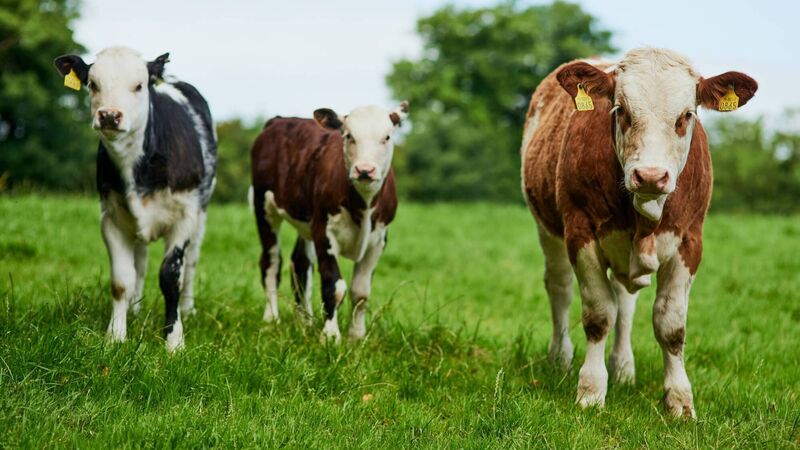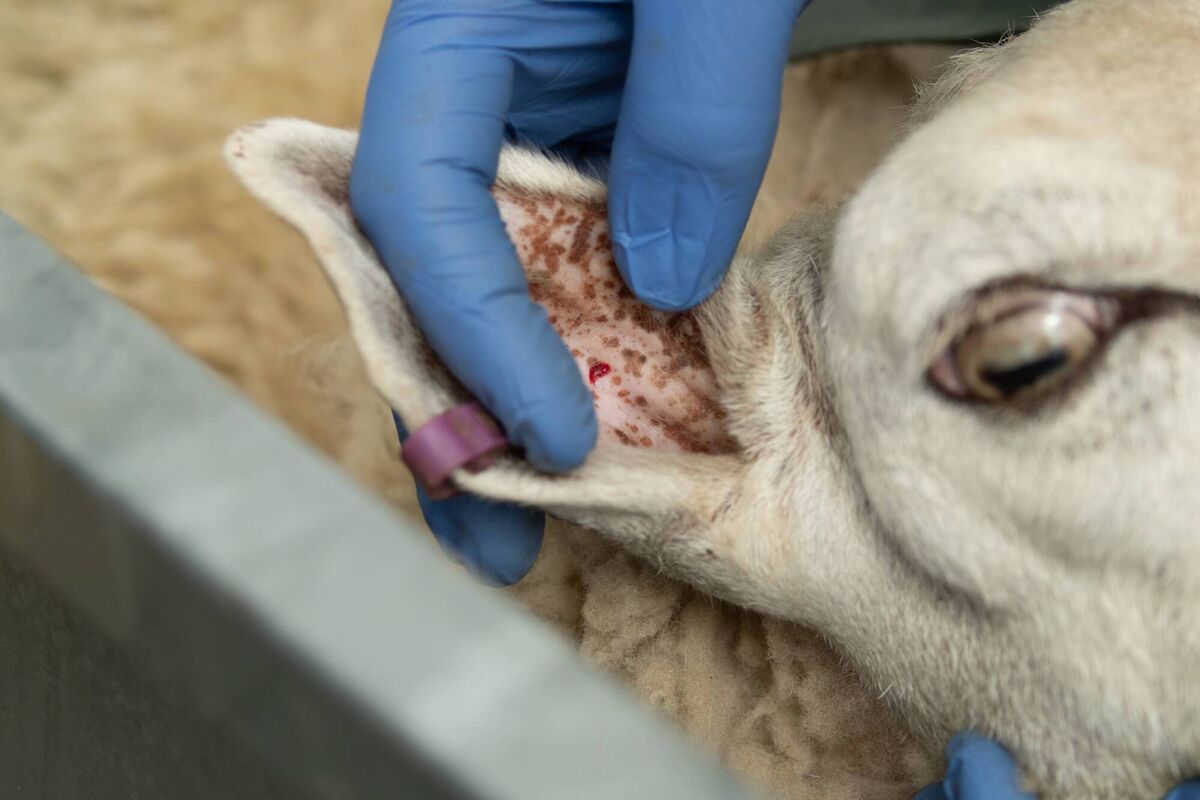Thinking ahead to housing treatments

The new Norbrook liver fluke test only requires a prick of blood from the ear.
HERD HEALTH SERIES: Maura Langan, Commercial and Technical Manager (Large Animal) at Norbrook.

The recent weather has reminded us that autumn is on its way and housing is just around the corner. Alongside all the other jobs to be done, farmers should start talking to their vets about parasite control treatments and whether diagnostic tests might be needed.
The recent weather has reminded us that autumn is on its way and housing is just around the corner. Alongside all the other jobs to be done, farmers should start talking to their vets about parasite control treatments and whether diagnostic tests might be needed.
The treatment of liver fluke is a particular challenge for farmers and vets. The liver fluke is a remarkably resilient parasite, due in part to its complex lifecycle involving a tiny mud snail and the role that the environment and climate plays on infection risk. The complete fluke lifecycle takes between around four to five months in total, with 10-12 weeks spent within the primary host’s liver.
Cattle and sheep do not acquire protective immunity to liver fluke and so are at constant risk of reinfection when grazing. Adult cattle are more able to tolerate a low to moderate burden due to some partial immunity and their larger, more fibrous liver.
Cattle are most at risk of chronic infection, leading to impaired productivity such as weight gain, fertility and milk yield.
Sheep are much more likely to develop acute fasciolosis as a result of immature fluke damaging the liver parenchyma. Year-round grazing in the western parts of the country also makes exposure to larger number of fluke larvae more likely.
The risk of acute disease outbreaks is relatively common, especially in autumn/ early winter after high challenge, with sudden deaths due to liver haemorrhage a consequence of acute disease.
Deciding if, and when, to treat for fluke infection is essential to our responsible use of anthelmintics. There have been no new flukicides for many years and resistance has been demonstrated in some actives, so accurate diagnosis is essential. Vets will use their specific knowledge of a farm, its history and management practices, as well as observing clinical signs to diagnose liver fluke infection.
There are a range of diagnostics that can support the decision-making process. Factory checks and liver condemnations will confirm the presence of fluke on farm, but do not always give an accurate picture of the seasonal infection risk in all management groups.
Unfortunately, Faecal Egg Examination is notoriously inaccurate for detecting fluke. Egg-shedding is sporadic and occurs at least 10-12 weeks post-infection, meaning that the absence of eggs does not mean absence of infection. There is, however, a lab-based coproantigen ELISA test that accurately detects fluke antigens in faeces from around 6-10 weeks post-infection.
Antibody ELISA tests confirm that livestock have been exposed to liver fluke. Blood, serum or milk samples can be sent to the lab for testing. Bulk milk sampling of dairy cattle is a simple, non-invasive way of establishing the presence of fluke at herd level.
There is now, a new ELISA antibody test available for cattle and sheep in a lateral flow kit (similar to a Covid test). It confirms exposure to liver fluke from 2 weeks post-infection and unlike other tests can be used on farm by farmers or vets.
It uses a pin prick of blood and results appear in around 10 minutes. Your vet will help to interpret the results. Separate test kits exist for cattle and sheep, with one single use device per animal available in packs of 10. The test is of most use in first grazing season animals as it reflects exposure from this grazing season. Speak to your vet if you think this might be a useful test on your farm.
The choice of what to treat with is the choice of the veterinary prescriber. There are various flukicides available on the market and they have a spectrum of efficacy depending on the age of fluke that they kill. Treatment should be timed to maximise the fluke kill where possible, although in serious cases it may be more appropriate to treat promptly and retreat later if necessary.

Visit for more information.









